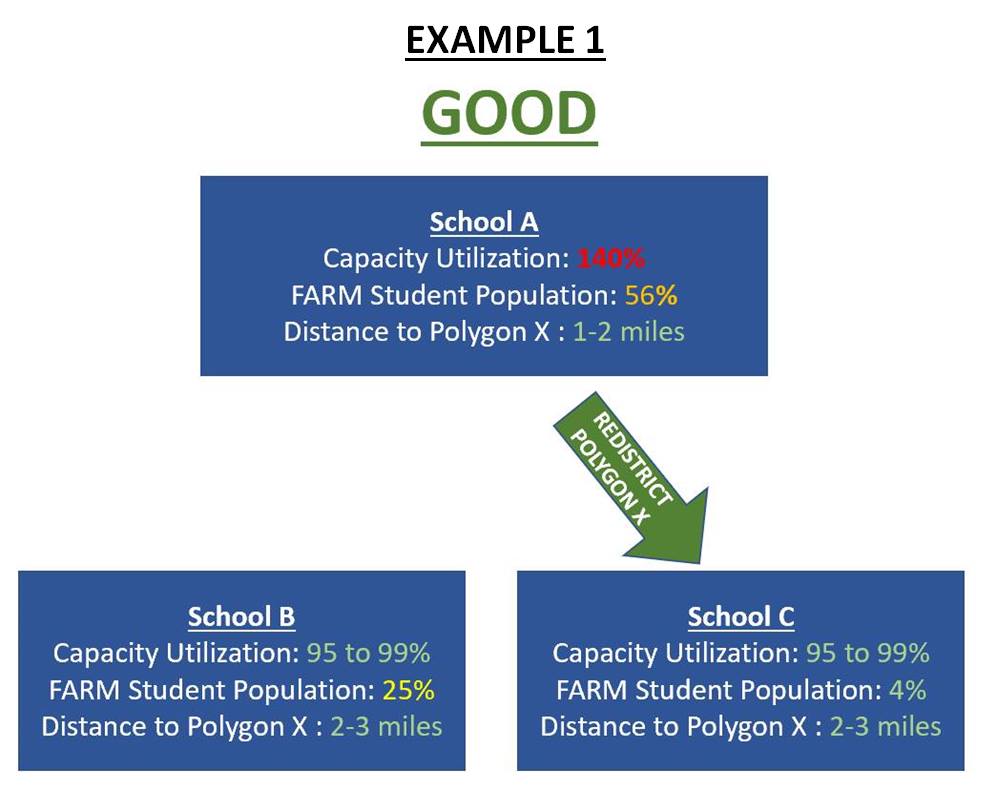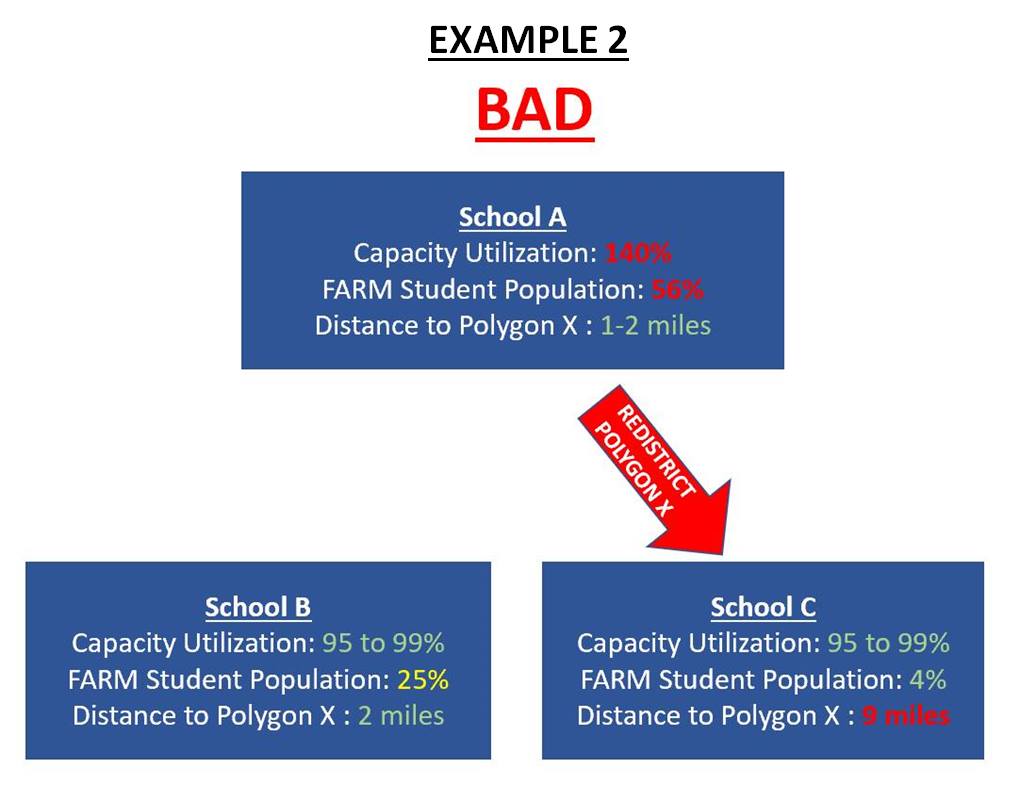Wednesday • November 25, 2020
HCPSS Policy 6010 (Redistricting): What Would You Change?
By Steven Keller
HCPSS Policy 6010 – School Attendance Areas (i.e. Redistricting) is currently under review by a committee selected by HCPSS and is due for significant modifications in 2021. In order to never again put Howard County through such a divisive & controversial redistricting process like the one that took place in Fall 2019, what aspects of this policy do you feel should be modified, added or removed? What modifications would you *not* want to see?
Here are a few recommendations:
1) A requirement for the BOE to set clear capacity-based metrics/goals for the process. As an example, the Board could order the following: “Ensure all schools have less than 130% capacity” or “Ensure all schools above 130% capacity are reduced by at least X % (5%? 10%?)”.
Such metrics should be set either at the very beginning of the process OR after the outside HCPSS consultant-developed Feasibility Study is released (just prior to the Superintendent’s team taking over to develop their own draft plan to present to the Board.). It may take that initial study by the consultants to establish realistic, “feasible” specific metric/goals.
2) Wording added to Policy 6010 that emphasizes that “Facility Utilization” (student capacity re-balancing) should be the official primary reason for redistricting.
Language should be added to Policy 6010 that sets the prioritization order of all redistricting considerations that are defined in Section “IV.B.”. In the current version of the Policy, they are listed in the following order: 1. Facility Utilization 2. Community Stability 3. Demographic Characteristics of Student Population.
This existing order needs to be firmed up as a clear and immutable order of prioritization. Responsible Facility Utilization (minimization of overcrowding) must be the primary goal driving every redistricting move. Moves should rarely ever occur between two schools if neither of them are over-capacity.
When polygon moves are required to re-balance capacity among certain schools to alleviate severe overcrowding, then community stability & distance from a polygon to their current & proposed new school should be the next clear prioritization. Wording could be added to Policy 6010 that emphasizes that “whenever possible, polygons that must be redistricted to re-balance capacity should be moved to their next closest school (by driving distance….not as the crow flies)”, and “polygons should be moved to keep contiguous communities/neighborhoods together (no street-splitting)“. This should not just be a consideration that is equal to other factors such as student demographics — it should be set as the clear priority for every polygon move that is require to alleviate overcrowding.
Demographics of student population should only be a consideration after the first two priorities (Responsible Facility Utilization & Community Stability) are met and if choices for polygon moves still exist — e.g. a polygon must be moved to alleviate overcrowding and there are two or more schools capable of receiving this polygon that are similar in driving distance to the polygon but have differing Free & Reduced Meal student percentages.
3) Wording added to Policy 6010 that states that the clearly-defined metrics/goals should be met in the fewest polygon moves possible, within the bounds of still prioritizing community stability by moving polygons to their next nearest school (whenever possible), and keeping contiguous neighborhoods together.
Below are a few illustrations that show what should be deemed as “good” and “bad” polygon moves. Policy 6010 should be modified to prevent such “bad” / unnecessary moves (e.g. moving a polygon from an under-utilized (not overcrowded) school to a further away school just to adjust FARM student percentages).
Example 1 (“Good”): When School A is severely overcrowded and two undercapacity schools (School B & School C) are within reasonably close & similar distance to School A, it is in the spirit of the current version of Policy 6010, section IV. B. 3. , to choose to redistrict students to the slightly farther away, slightly more crowded School C (1 mile further, approximately the same capacity utilization as School ![]() if this will balance socio-economic status of the student population to a greater extent (School C only has 4% FARM student population compared to School B, which has 25%)
if this will balance socio-economic status of the student population to a greater extent (School C only has 4% FARM student population compared to School B, which has 25%)






